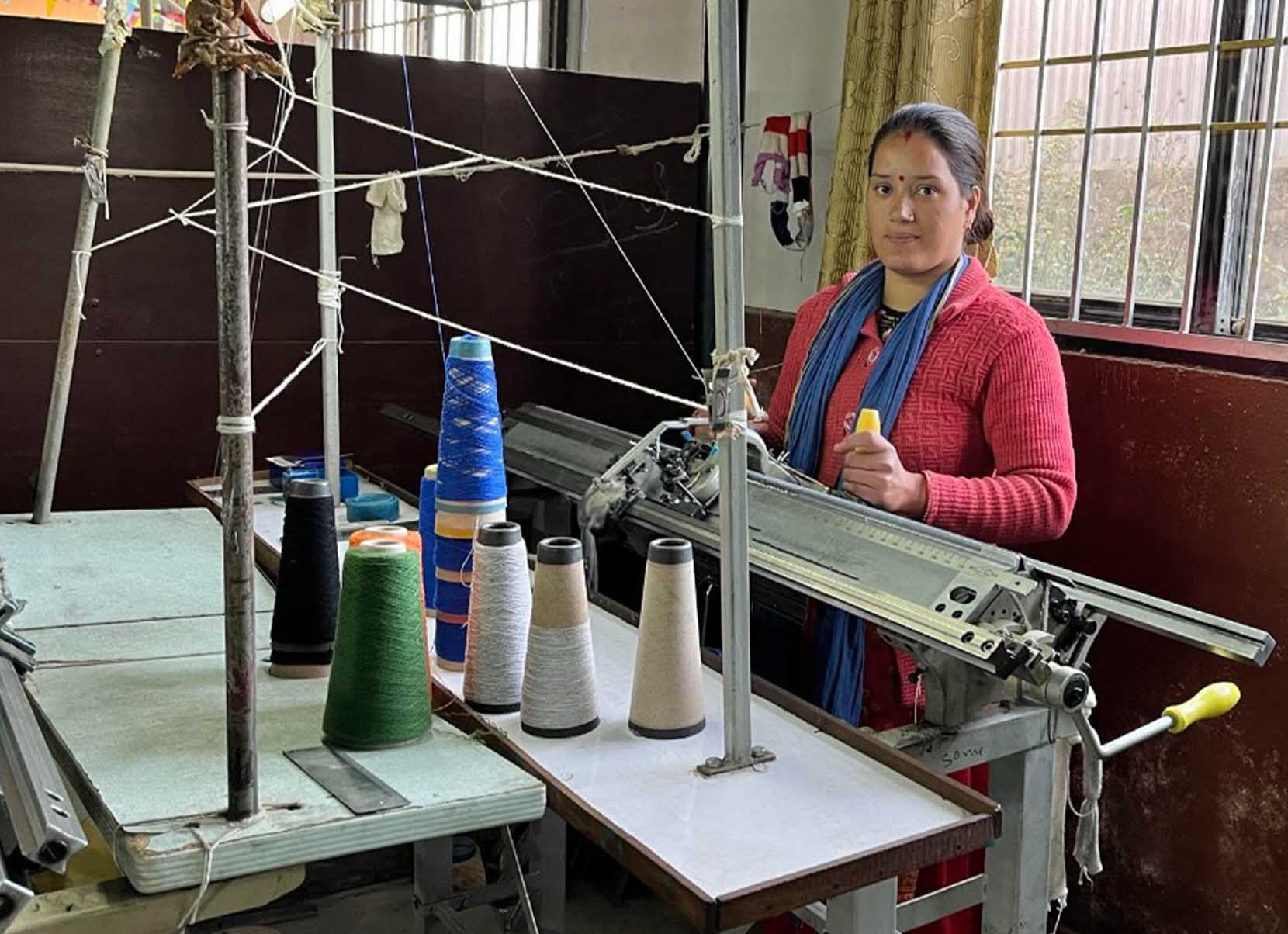A power loom is a mechanized loom, and was one of the key developments in the industrialization of weaving during the early Industrial Revolution. The first power loom was designed in 1786 by Edmund Cartwright and first built that same year. It was refined over the next 47 years until a design by the Howard and Bullough company made the operation completely automatic. This device was designed in 1834 by James Bullough and William Kenworthy, and was named the Lancashire loom.
By the year 1850, there were a total of around 260,000 power loom operations in England. Two years later came the Northrop loom which replenished the shuttle when it was empty. This replaced the Lancashire loom.

Operation of weaving in a textile mill is undertaken by a specially trained operator known as a weaver. Weavers are expected to uphold high industry standards and are tasked with monitoring anywhere from ten to as many as thirty separate looms at any one time. During their operating shift, weavers will first utilize a wax pencil or crayon to sign their initials onto the cloth to mark a shift change, and then walk along the cloth side (front) of the looms they tend, gently touching the fabric as it comes from the reed. This is done to feel for any broken “picks” or filler thread. Should broken picks be detected, the weaver will disable the machine and undertake to correct the error, typically by replacing the bobbin of filler thread in as little time as possible. They are trained that, ideally, no machine should stop working for more than one minute, with faster turn around times being preferred.
Operation of this needs more than 2 people because of the way it works.








